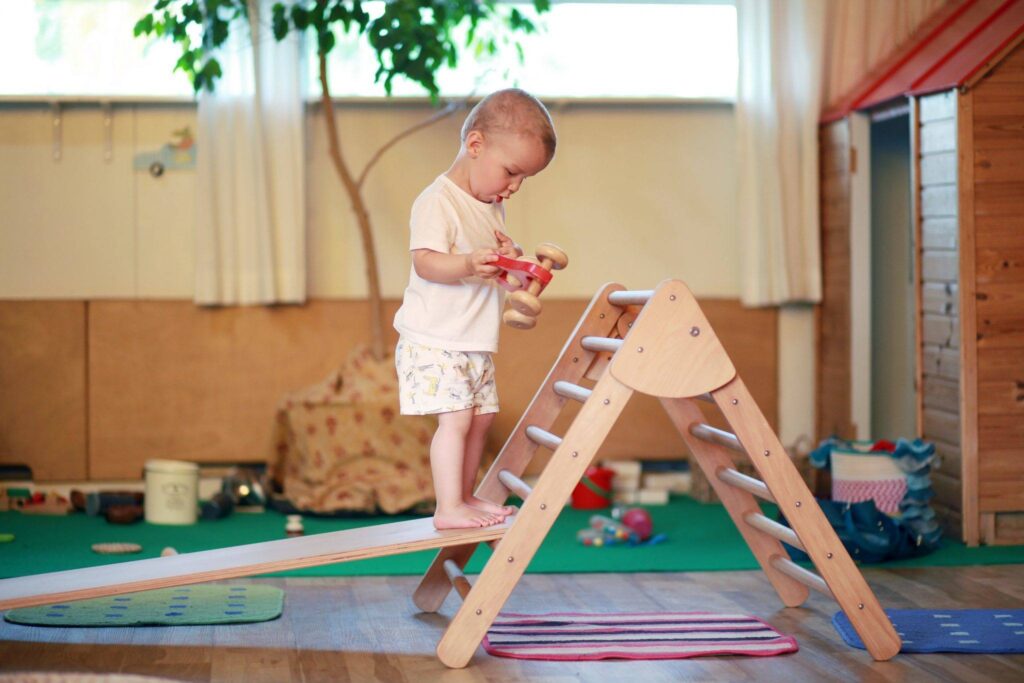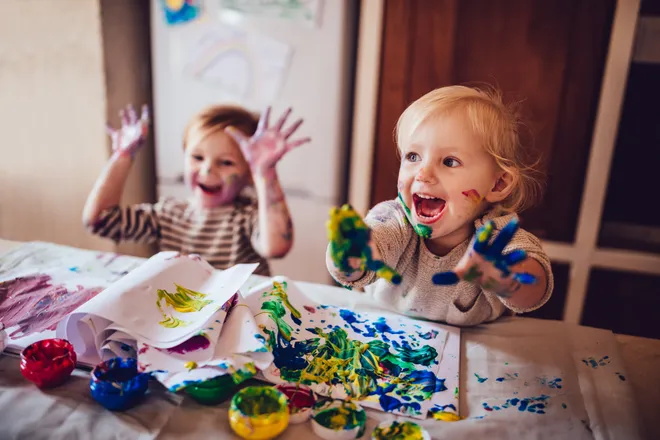“Physical literacy is the motivation, confidence, physical competence, knowledge, and understanding to value and take responsibility for engagement in physical activities for life.”
The International Physical Literacy Association, May 2014.
What is physical literacy, really?
Physical literacy is the concept that if you don’t know the rules and structure around an activity, or you don’t enjoy you are not going to seek it out. Though, if at an early age you are encouraged then in your later life you will have the skills, motivation and knowledge needed and will be much more likely to participate throughout your lifespan. Physical literacy goes beyond sports, it is about gaining confidence and desire to be physically active for life.
Why is it important for children’s development?
As adults we are told to be more active and less sedentary in our work day. We also know research shows that physical activity can improve your health and reduce the risk of developing several diseases: regular activity can improve your quality of life.
But what if you were never confident with physical movement as a child? If a child is not exposed to the fundamental movement skills, they become adults who are inactive and uncoordinated.
With access to computer games or mobile devices starting sooner, children are spending more time indoors and being more sedentary.
Early childhood is the “sensitive” learning period when skills such as running, throwing, catching, hitting, kicking in addition to levels of strength, speed and flexibility are learnt and help physical literacy be achieved in adulthood.
Children need to have physical movement to grow and develop muscles and help the surrounding tissue strengthen so they can gain better control of their bodies.
This is also called Fundamental Movement Skills. It is the foundation and structure of being physical active, just like when a child is learning to read and write there are basic structures to make this happen. A child does not automatically know how to run, there are various things that need to happen before that moment.
It all begins with “tummy time”, that time your infant becomes comfortable lying on their stomach. This means your baby is developing strength in their neck muscles as they practice keeping their heads up, also limb coordination and overall strength ready for crawling and other developmental milestones. This helps build the neural networks that support basic motor coordination, so your child can move and interact with their environment.
Think of a toddler who is just starting to walk, and they are unstable. Their brain functions are still not mature enough to control the movements of their bodies such as coordinating certain movements. By introducing fundamental movement skills through physical activities involving different body parts, such as balance, object control and locomotor skills at an early age helps the child master the skill and add more complexity to the action. Once developed the child learns to move confidently and competently with control, in a wide range of situations.
A recent study from NSW Health showed that 89% of 4 – 5-year-old spend more than 2 hours inactive watching television, videos or DVD’s. The more sedentary a child is the more their health suffers, mainly their sleep patterns. When children do not remain active physically they are not able to get the sleep needed for their brain to develop, which means in the morning they are tired and unable to remain physically active during the day which means not active enough to be tired at night. This cycle becomes a health issue as too little sleep can cause hyperactivity, lower IQ scores and adverse hormonal changes

What we do
We know that the early years is a critical time to give children the love of moving and that Play is the essential tool for learning physical literacy. Children at this age are curious by nature and full of playful energy which allows them to try new things without fear of failing. Our play-based curriculum helps children engage in physical play by using our amazing, creative outdoor environments, planned activities and visits from sports clinics to allow the children to participate in many different physical activities.
Studies show that when activities simultaneously involve several areas of the child’s development, learning is at its most powerful. For example, physical development lays the foundation for later cognitive and social skills. A toddler who learns to walk instead of crawling, can hold a toy and walk to an educator and communicating his needs gaining access more easily. Think of Da Vinci, he is known as a painter, but he was also an engineer and scientist. He used the different parts of his learning to gain a better understanding of what was needed to create a masterpiece.
By using physical activities, children are also enhancing how they process information, memory, concentration and also behaviour opposed to a child not being active they are distracted easily, memory lapses and less flexible with the thinking, like multi-tasking.
We ensure that children are active throughout the day and we do not have excessive screen time activities. We take part in lessons from other professionals that include dancing such as Zumba, team’s sports such as basketball, netball, football or cricket.
Activities such as this will help children be challenged and motivated to try different activities which they can then bring into their everyday life. Our educators use these interests to then extend on throughout the week, ensuring the children are continuing to enjoy physical activity.
This is why a play-based curriculum is so important to a child’s learning and development. By providing spaces that allow children to have unstructured play they are able to try new things with their bodies, such as stretching, climbing or jumping. This type of play keeps your child active for longer, as they are using their bodies, mind and creativity in their play. Using pretend play, the
children go off on a Bear hunt using those Fundamental Movement skills, of sidestepping, forward and backward walking, swishing through the imaginary long grass using their arms and legs. It is about making physical activity a part of the play instead of just something we do once a week.
Playscapes are carefully designed to give maximum space for a child to practice and reinforce their gross motor skills with both fixed and movable areas. Young children thrive in our playscapes as we allow them the time, space and opportunity to explore their surroundings. Our rich learning environments also promote age appropriate active play and allows children to repeatedly engage in active play, building their confidence and competence to move in different ways.
Wobbly bridges become spaceships blasting off to the moon, using our legs to balance as the bridge wobbles and we try not to fall! We will often see children exploring the different climbing equipment. Seeing two children help each other climb up the climbing wall in the middle of play and then celebrating at the top is always a proud moment for the children, educators and the parents. It is this kind of moment that the child will remember and want to repeat time and time again. It is fun, enjoyable and makes them feel like they are invincible.

What can you do at home?
You don’t have to be a sporty type to teach Fundamental movement skills at home, look at these activities. You just need to participate!
* Balancing, making shapes with their bodies. Hop skip or jump, kick a ball,
* Encourage vigorous play – running, swimming, carrying heavy loads,
* Promote creativity and self-expression,
* 2 hours of active movement, they shouldn’t be inactive for more than an hour at a time except of course when they are sleeping,
* Make a hopscotch,
* Wobble boards,
* Masking tape lines the children need to walk along,
* Stepping stones made out of carpet squares,
* Use small bean bags, or balls to practice throwing and catching etc
* Have portable equipment available such as hoops, tunnels, bubbles cones and bikes,

Physical Literacy lays a foundation of attitudes, habits, skills and values that will last a lifetime. It is a very important part of the curriculum here at Kids Club as we create a space where children are not just prepared for Formal education, but for life as Confident and Capable people.


